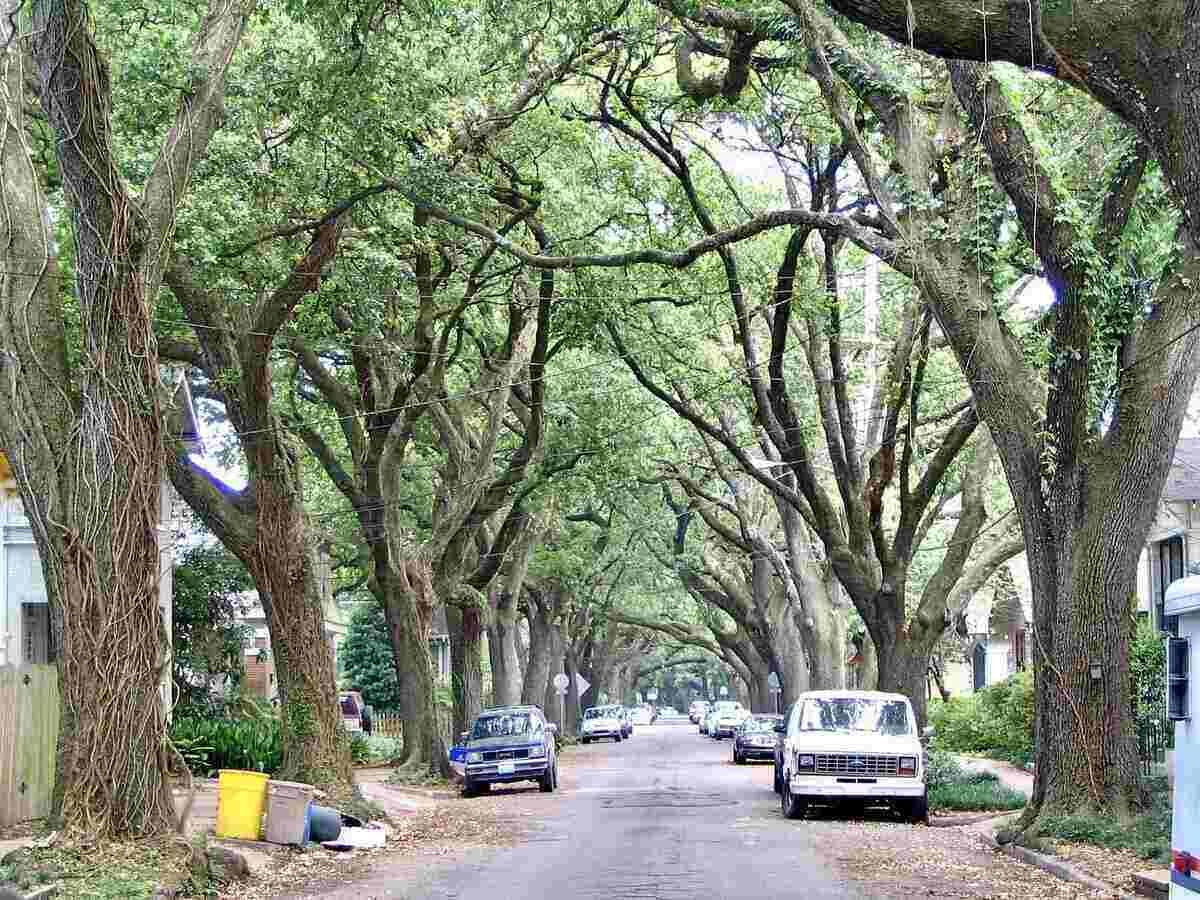
You don’t have to live along the Gulf or East coasts to practice hurricane preparedness. Hurricanes can travel up to 100 to 200 miles inland, making them a serious threat to homes far from (and close to) the water.
There’s no way to guarantee your home will survive the storm, but these 11 hurricane-resistant landscaping ideas may increase its chances. When a giant tree crashes into your newly replaced or repaired roof, you’ll wish you had prepared your landscape and home better.
Check out how the following 11 hurricane-resistant landscaping ideas can help your home escape falling trees, flooding, and broken windows during a hurricane or tropical storm.
- 1. Inspect Your Trees
- 2. Plant Trees Away From House and Power Lines
- 3. Choose Wind-Resistant Trees
- 4. Group Your Trees
- 5. Prune and Trim Trees
- 6. Choose Salt-Tolerant Plants
- 7. Install Hurricane-Resistant Fencing
- 8. Apply Soft Mulch
- 9. Build a Seawall
- 10. Remove Storm Hazards
- 11. Clear Storm Drain Paths
- Evacuate – Because Your Landscape Can Only Do So Much
- Maintaining Your Hurricane-Resistant Landscape
1. Inspect Your Trees
With winds reaching 157 mph or higher, major hurricanes can rip the strongest trees out of the ground. Imagine how little wind it takes for a hurricane to knock down a weak, dying tree.
As you plan your hurricane-resistant landscape design, the first item on the list is to remove hazardous trees from your yard. If you have an old, dying tree near your house, you don’t want it toppling down over your shelter.
Here’s what to do: Hire a qualified arborist to inspect your trees. He or she will alert you to any hazardous trees, and the two of you can develop an action plan.
Pro Tip: Beware of people posing as self-proclaimed “tree care professionals” or who aren’t insured. Improper training and poor tree handling can lead to severe injury, expensive damages, and even death. Always hire an insured, certified arborist for your tree care needs.
2. Plant Trees Away From House and Power Lines
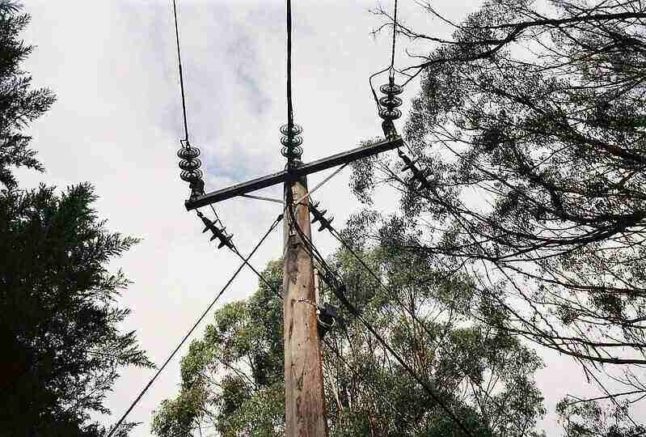
A hurricane alone is enough to get your heart racing, but a tree falling on the roof or knocking out the power lines will send you hiding under the bed covers.
Protect your home, garage, garden shed, and power lines from storm damage by growing trees away from vulnerable structures. Your home is more likely to be out of harm’s way if a falling tree grows far away.
Do you have existing trees that are too close for your liking? Hire a certified arborist to remove or transplant the tree.
Cost: Tree removal costs homeowners between $385 to $1,070 typically, or $10 to $14 per foot, for an average cost of $630
3. Choose Wind-Resistant Trees

A major hurricane might be able to knock down your strongest trees like dominos, but growing wind-resistant trees will give you peace of mind that wind-intolerant trees can’t.
Wind-resistant trees have deep root systems and low centers of gravity, which means it will take much higher winds to blow down wind-resistant trees than trees with low wind resistance.
Tree species with high wind resistance include:
- Bald cypress
- Live oak
- Mexican fan palm
- Sabal palm
- Crape myrtle
- Southern magnolia
According to the University of Florida IFAS Extension, these are trees to avoid:
- Sand pine
- Chinese elm
- Water oak
- Laurel oak
Bottom Line: If you’re going to place trees in your hurricane-resistant landscape, make sure they’re wind-resistant trees.
4. Group Your Trees
If you decide to plant trees in your landscape, consider growing them in groups. A group of wind-resistant trees creates a handy wind buffer against a powerful storm.
Bonus Points: A carefully placed group of trees also can help lower your heating and cooling bills.
5. Prune and Trim Trees
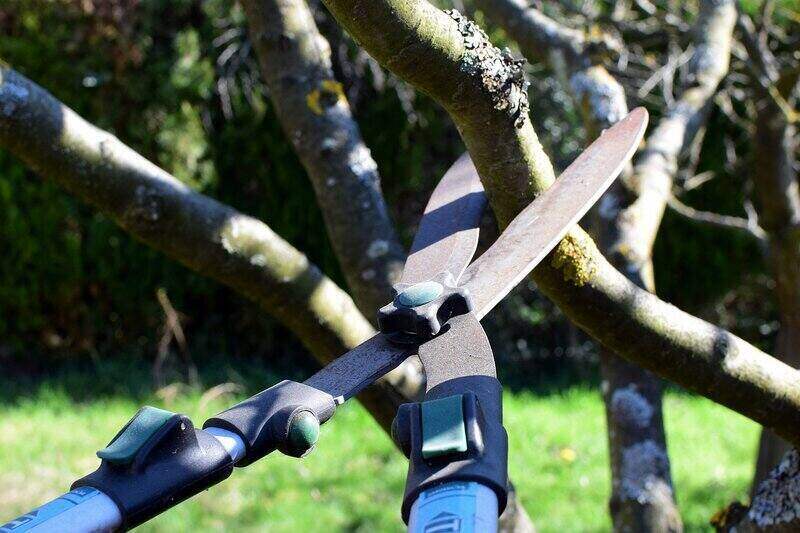
The long branch hanging over your roof screams storm hazard. When a hurricane comes whipping by, it will snap off that branch like a Kit Kat.
When your trees, shrubs, and hedges have weak, overgrown branches, it’s a good idea to trim them back before a storm. You want your large plants to be at their healthiest before the storm rolls in. Otherwise, you might have branches breaking through your windows or smashing your cars.
Cost: Tree trimming costs between $315 to $700 typically, with a national average price of $475.
6. Choose Salt-Tolerant Plants
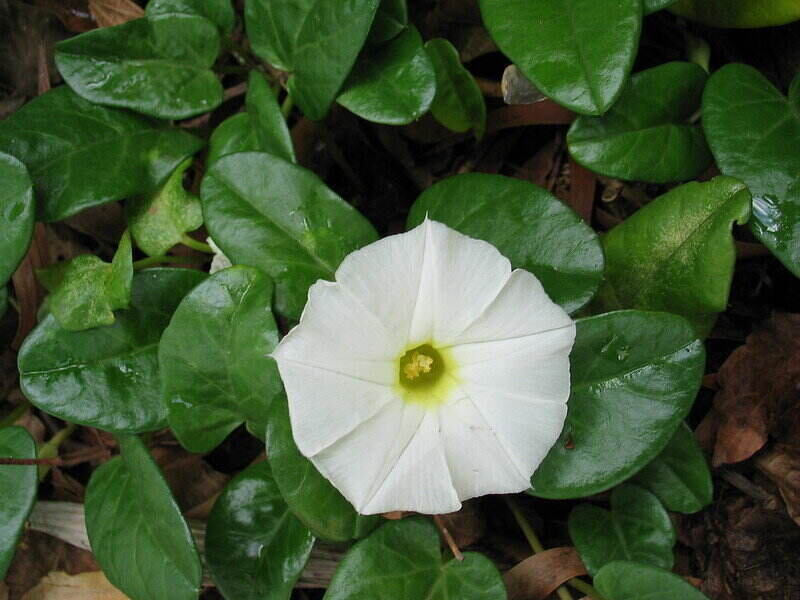
If you live near a body of salt water, you can help your flower beds, shrubs, and trees survive the storm by growing salt-tolerant plants. A hurricane can shower your landscape in salt spray, tiny droplets of salt water that crashing waves and high winds spray into the air.
Too much salt can be a killer for your salt-intolerant plants. Large amounts of salt can dry them, prevent their roots from absorbing water, and limit nutrient absorption.
Examples of salt-tolerant plants include:
- Sea blight (Suaeda linearis)
- Railroad vine (Ipomoea pes-caprae)
- Beach morning glory (Ipomoea imperati)
- Beach evening primrose (Oenothera drummondii)
- Dune sunflower (Helianthus debilis)
- Seaside goldenrod (Solidago sempervirens)
Pro Tip: Want to grow plants that are sustainable and easy to maintain? Consider growing native plants instead of non-native plants. Native plants are often low maintenance, develop deep root systems, and require little to no fertilizers and pesticides.
7. Install Hurricane-Resistant Fencing
You might love the idea of a picket fence, but it’s not so charming when a hurricane shreds it to pieces or sends a plank crashing through the living room window.
When it comes to hurricanes and building your backyard fence, take the safe route and hire a professional who specializes in hurricane-resistant fences.
A common misconception is that solid privacy fences are hurricane-resistant because they block the wind. But that’s their flaw. Built-up wind resistance will eventually push down the fence. On the other hand, slatted fences allow air to pass through with ease, which means slatted fences are less likely to tip over from high winds.
Pro Tip: Metal fences are more durable against storm and wind damage than wood and vinyl fences.
Cost: The cost of a fence typically ranges from $1,330 to $5,550, with an average price of $3,440.
8. Apply Soft Mulch
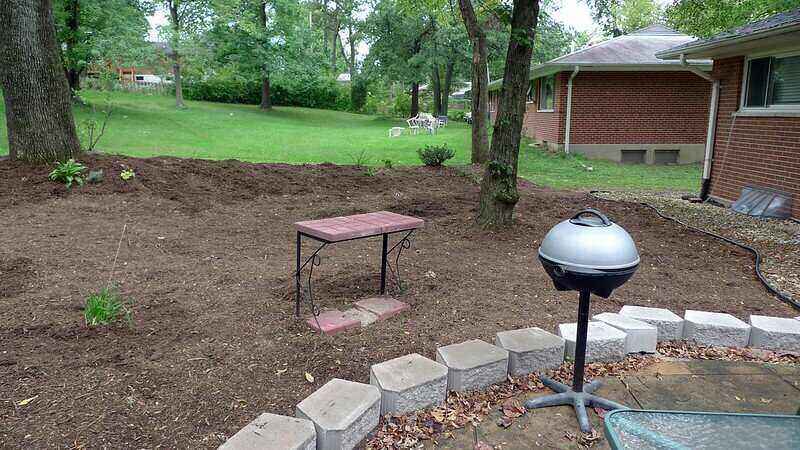
River rock and pea gravel add beautiful texture to your landscape, but these hard mulches can cause considerable damage during a hurricane or tropical storm. As high winds scatter these mulches across your yard, rocks and pebbles may ricochet off cars, siding, and windows. Yikes!
Minimize the dents and scratches by using soft mulches instead. Soft mulches such as shredded bark, shredded leaves, and pine needles won’t cause nearly as much damage as hard gravel.
Cost: Sometimes $0. See Where to Get Free Mulch.
9. Build a Seawall
Your property may benefit from a seawall if your home is right on the waterfront. Without a seawall, crashing waves will gradually erode your landscape’s edge, and hurricanes and storm surges may encourage flooding.
A seawall is a barrier between the landscape’s edge and the water. Seawall materials include wood, steel, vinyl, concrete, and riprap (rocks).
10. Remove Storm Hazards
If the local weather station calls for a storm, remove your yard’s storm hazards right away. Anything on the lawn that could come flying through your window during a hurricane –– branches, lawn care equipment, garden benches –– should be stored away before the storm arrives.
Pro Tip: Regularly cleaning up your lawn is a helpful way to minimize stress before a hurricane. Otherwise, you may find yourself rushing to remove branches, lawn equipment, and other projectiles hours before the storm.
11. Clear Storm Drain Paths
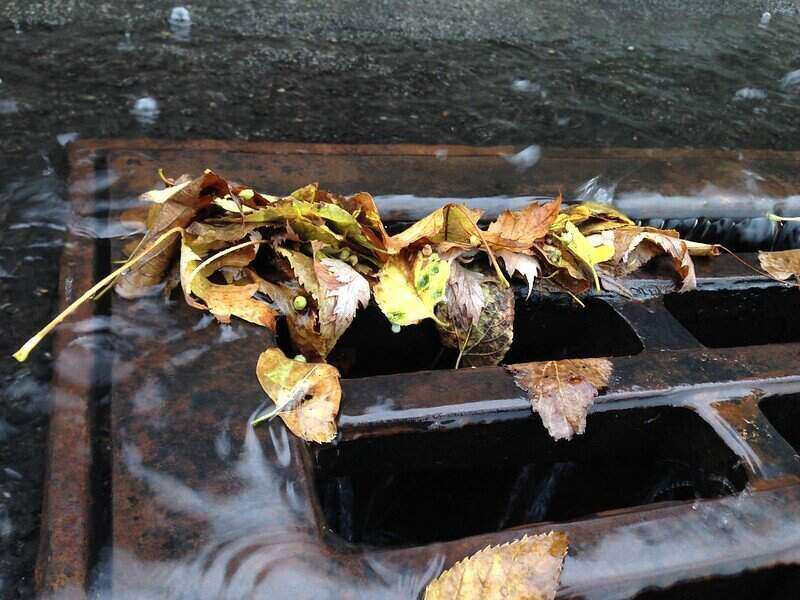
When designing your hurricane-resistant landscape, remember to keep nearby storm drains in mind. If you install a feature that blocks the water’s path to the storm drain, your yard might end up with unsightly puddles, or worse, flooding.
Not only should you clear the storm drain paths, but you should also prevent the storm drains from clogging. The autumn leaves you’ve been ignoring might eventually find their way into the storm drain. Remove your autumn leaves once every few days and keep plant debris off the lawn.
Evacuate – Because Your Landscape Can Only Do So Much
There’s no such thing as a hurricane-proof landscape or home (although that would be nice). A major hurricane can still knock down your most wind-resistant trees, and branches can still break no matter how often you prune.
So when local officials order you to evacuate before the storm, that’s precisely what you should do –– evacuate your home.
If you live in a hurricane-prone area (Florida, Louisiana, Texas, and the Carolinas, to name a few), you’re familiar with hurricane preparedness and have stocked up on supplies weeks in advance. You also likely have or know neighbors who ride out tropical storms and hurricanes. Don’t take chances. Be safe.
Hurricanes and tropical storms are unpredictable, and climate change is making them worse. Fleeing your home with its boarded-up windows is the best way you can keep yourself and your family safe this hurricane season.
And if you prepare your hurricane-landscape just right, hopefully, you’ll return home to an intact roof, working power lines, and no broken windows.
Maintaining Your Hurricane-Resistant Landscape
Hurricanes are stressful enough, so why add lawn care into the mix — especially when you are in a rush to tie everything down and prune your trees?
If mowing, fertilizing, and edging your hurricane-resistant landscape is stealing time from friends and family, hand the to-do list over to a local landscape professional. Let an expert do the heavy lifting while you stock your emergency cupboards with batteries, non-perishables, and toilet paper.
Main Photo Credit: Mark Souther / Flickr / CC BY-SA 2.0